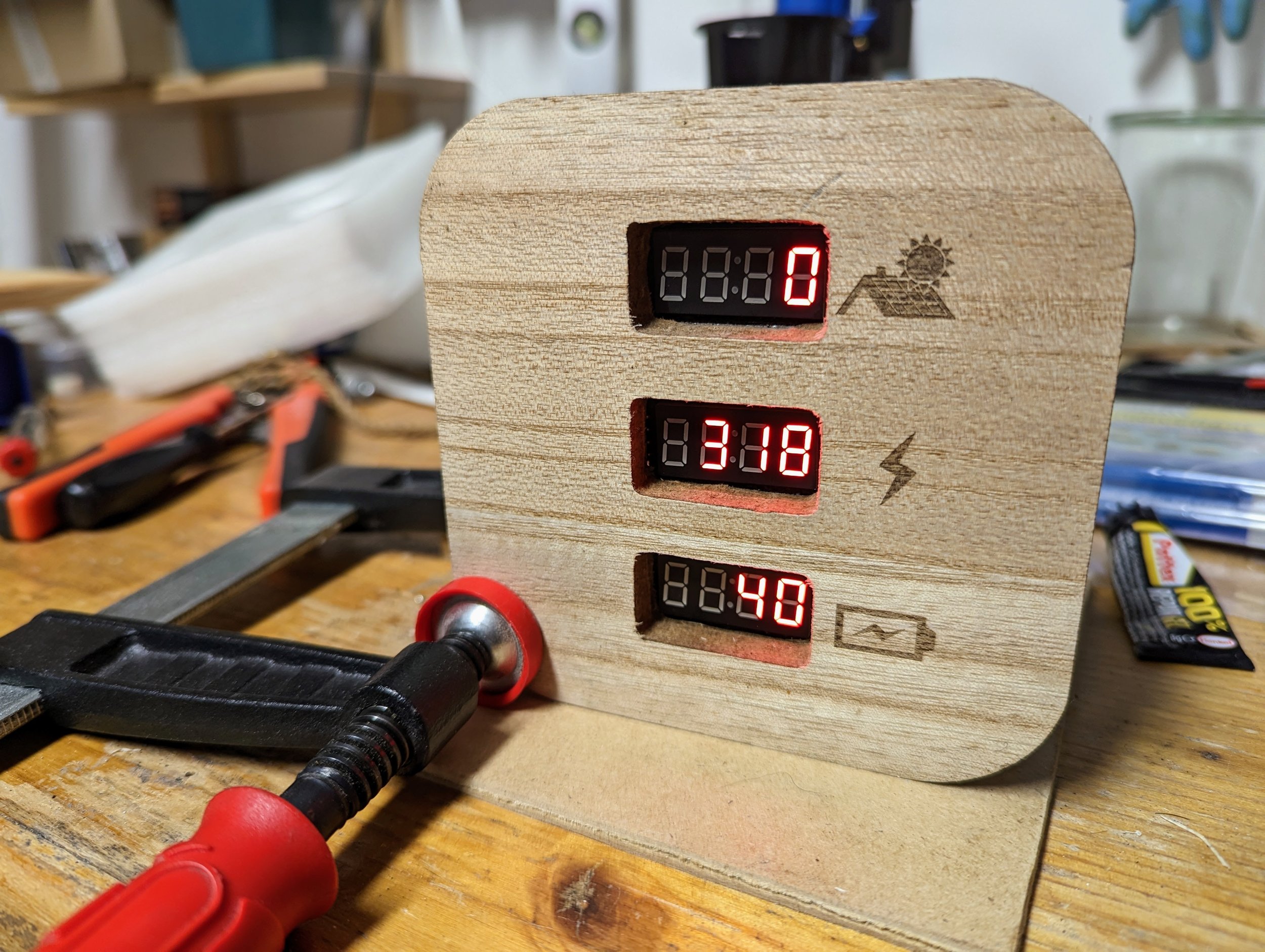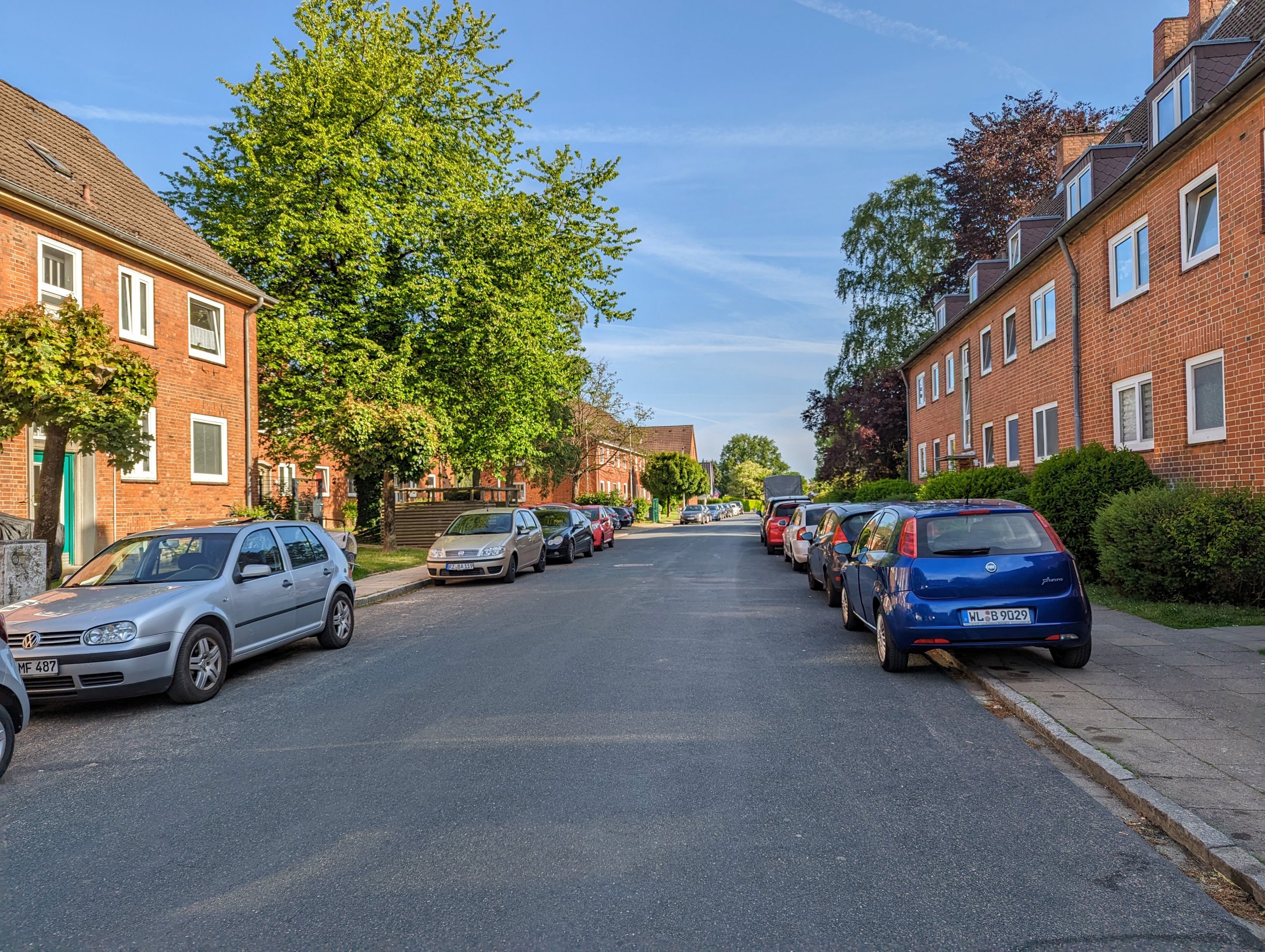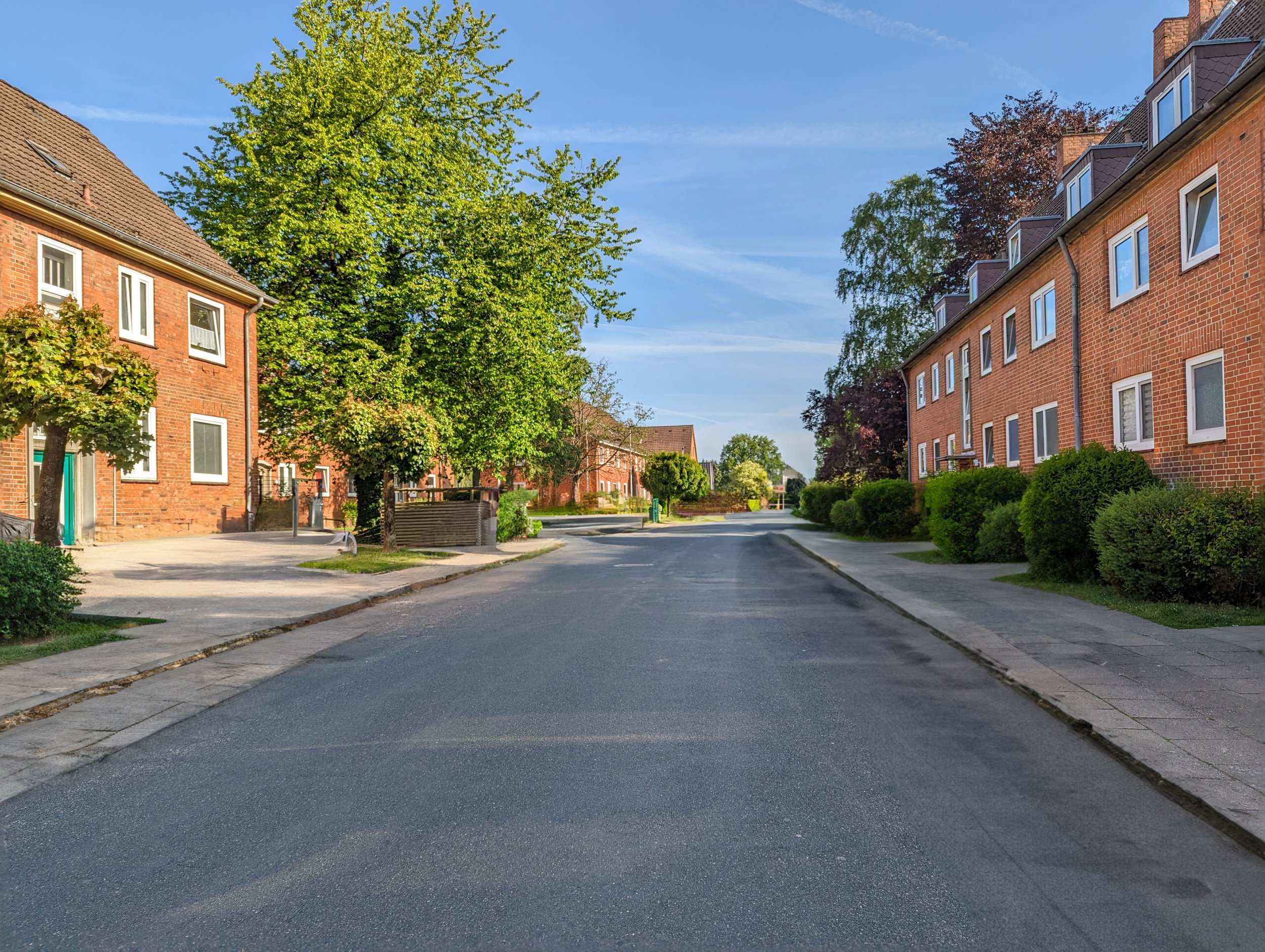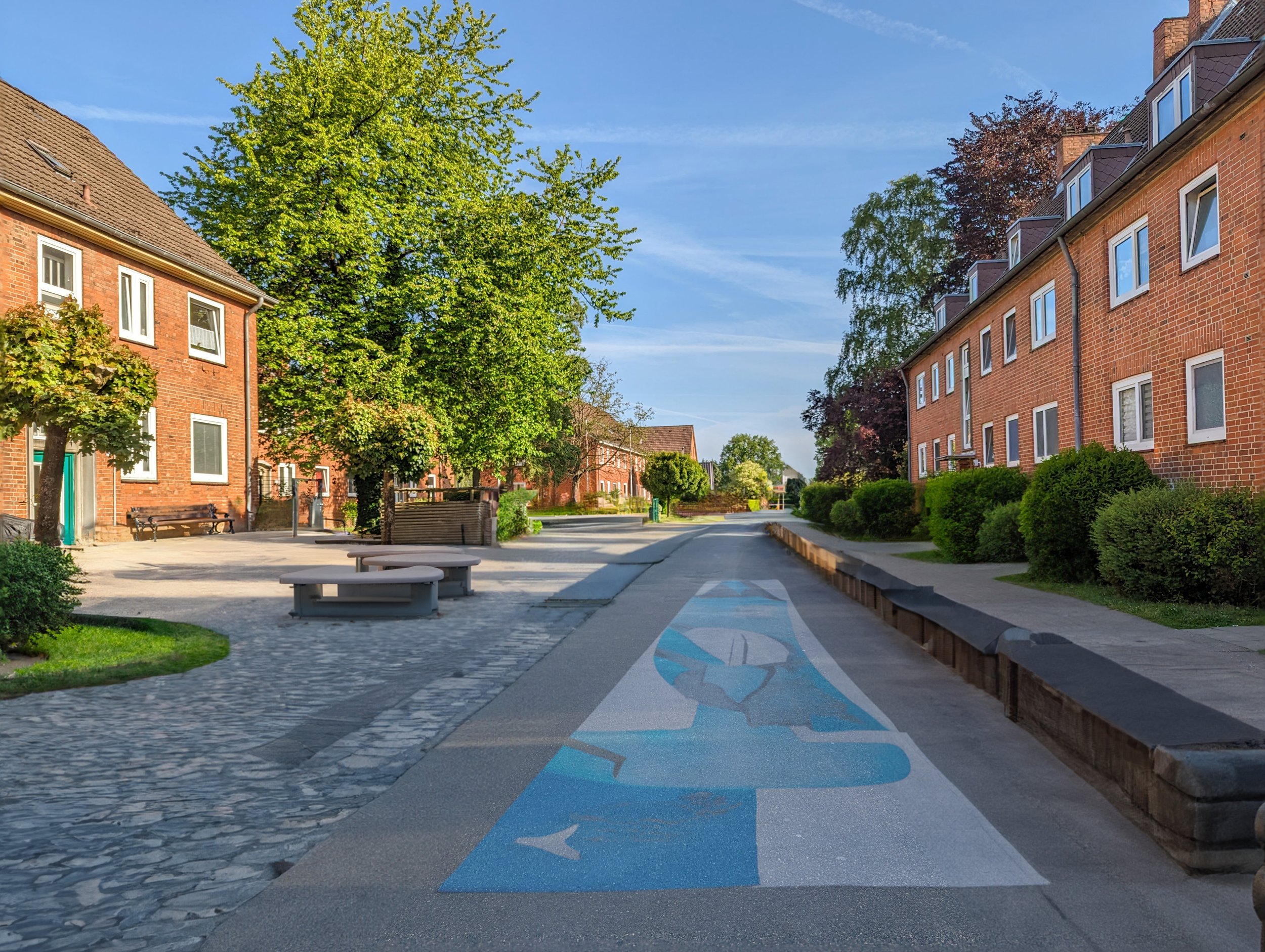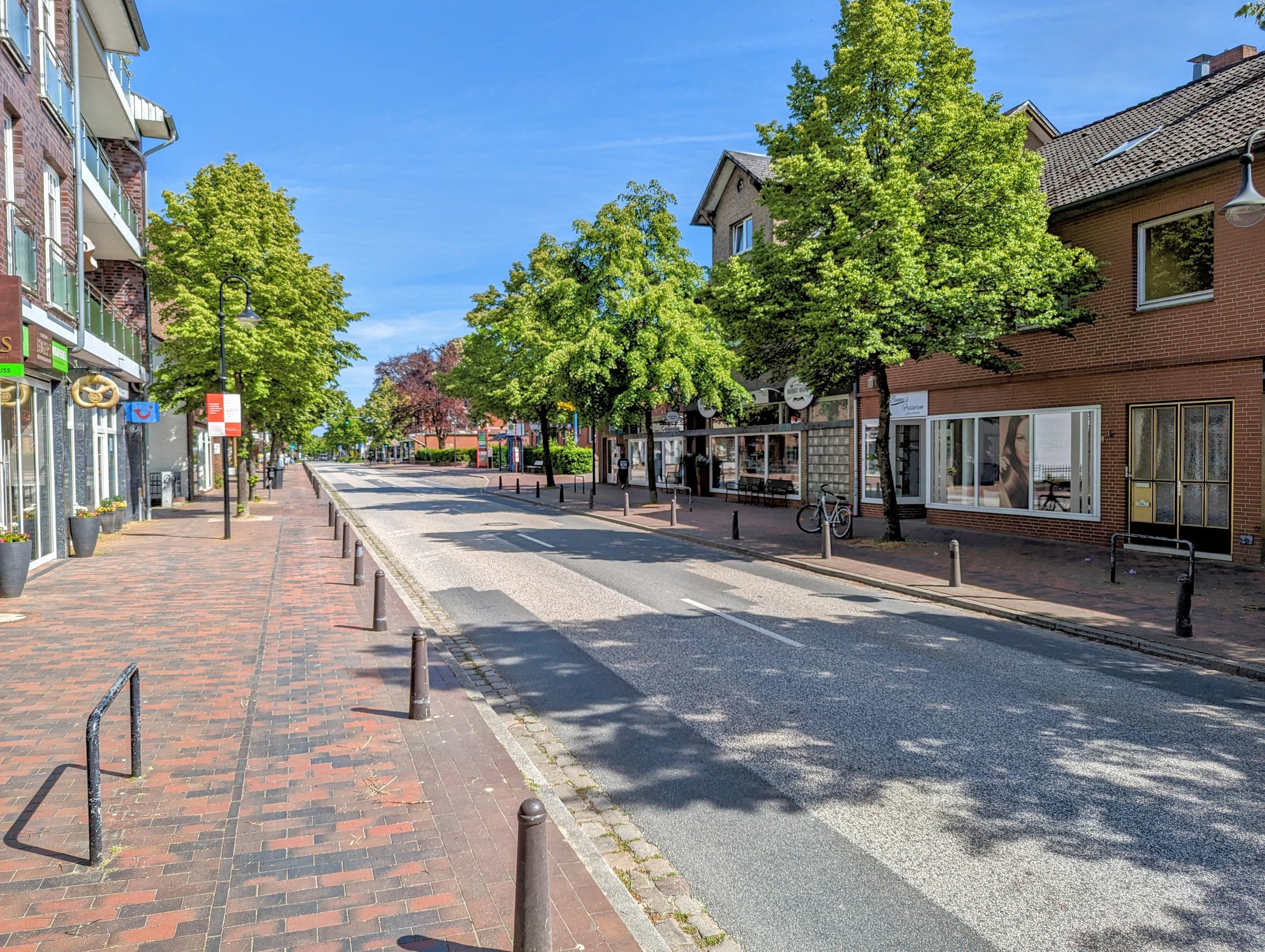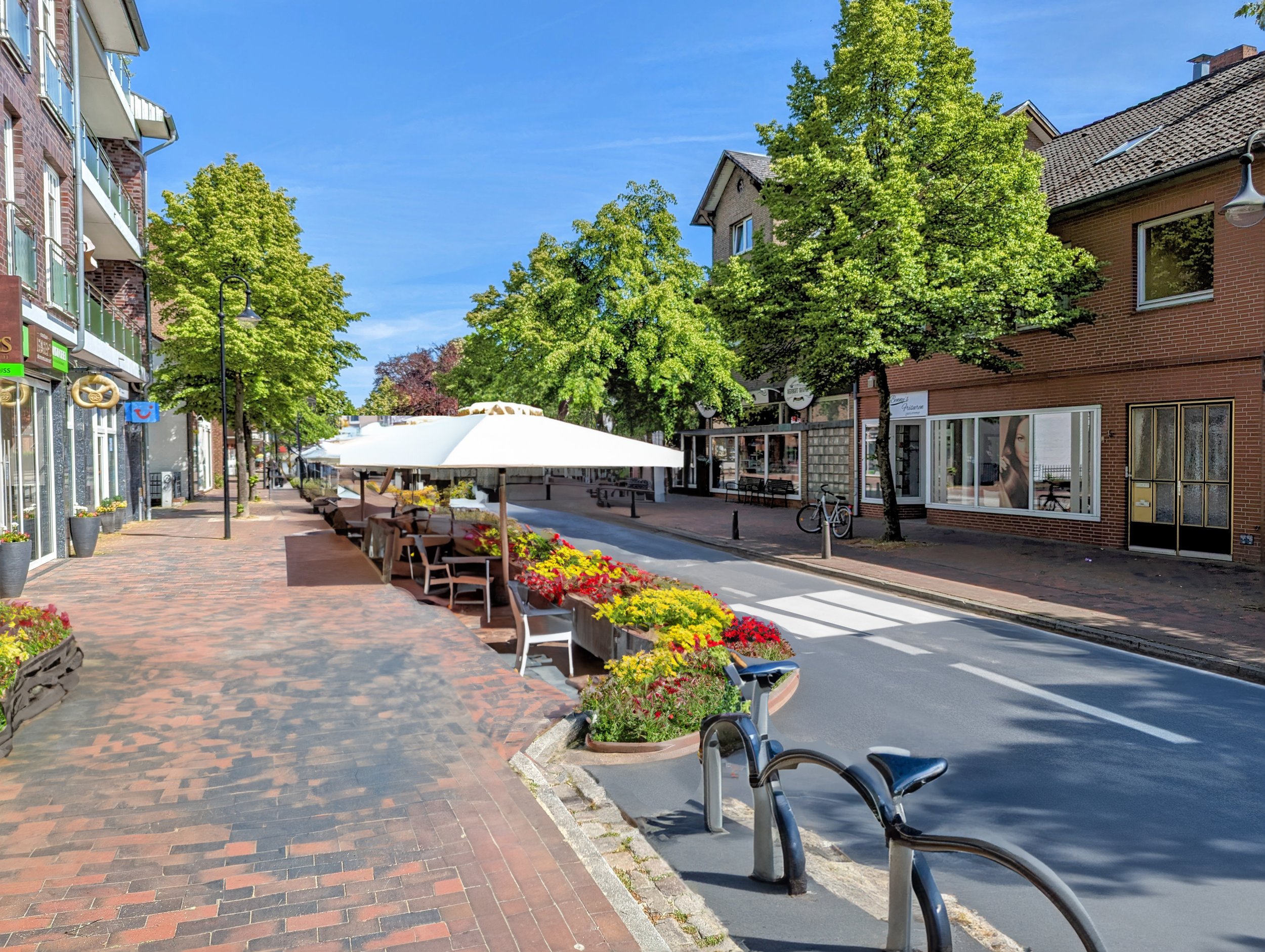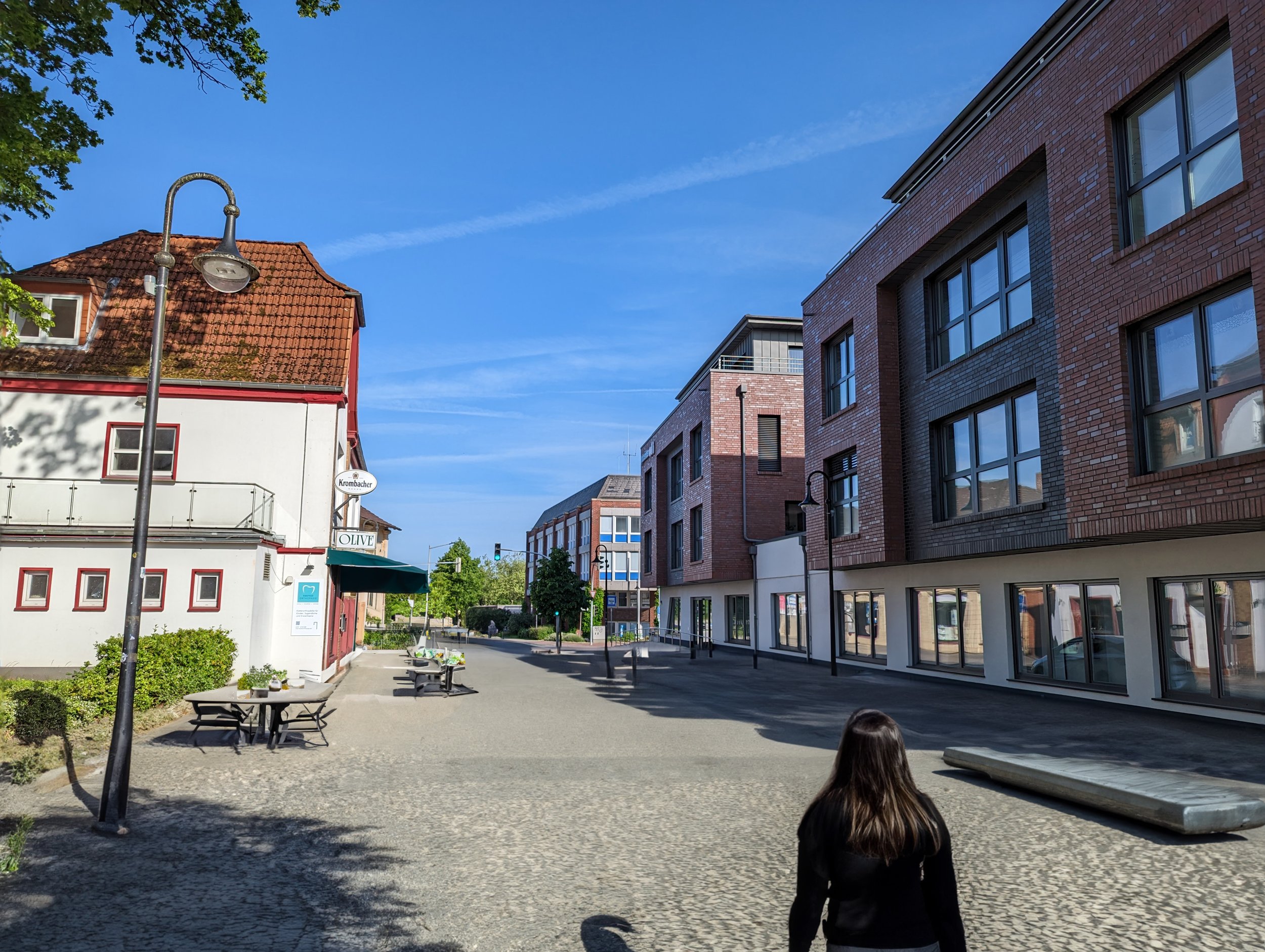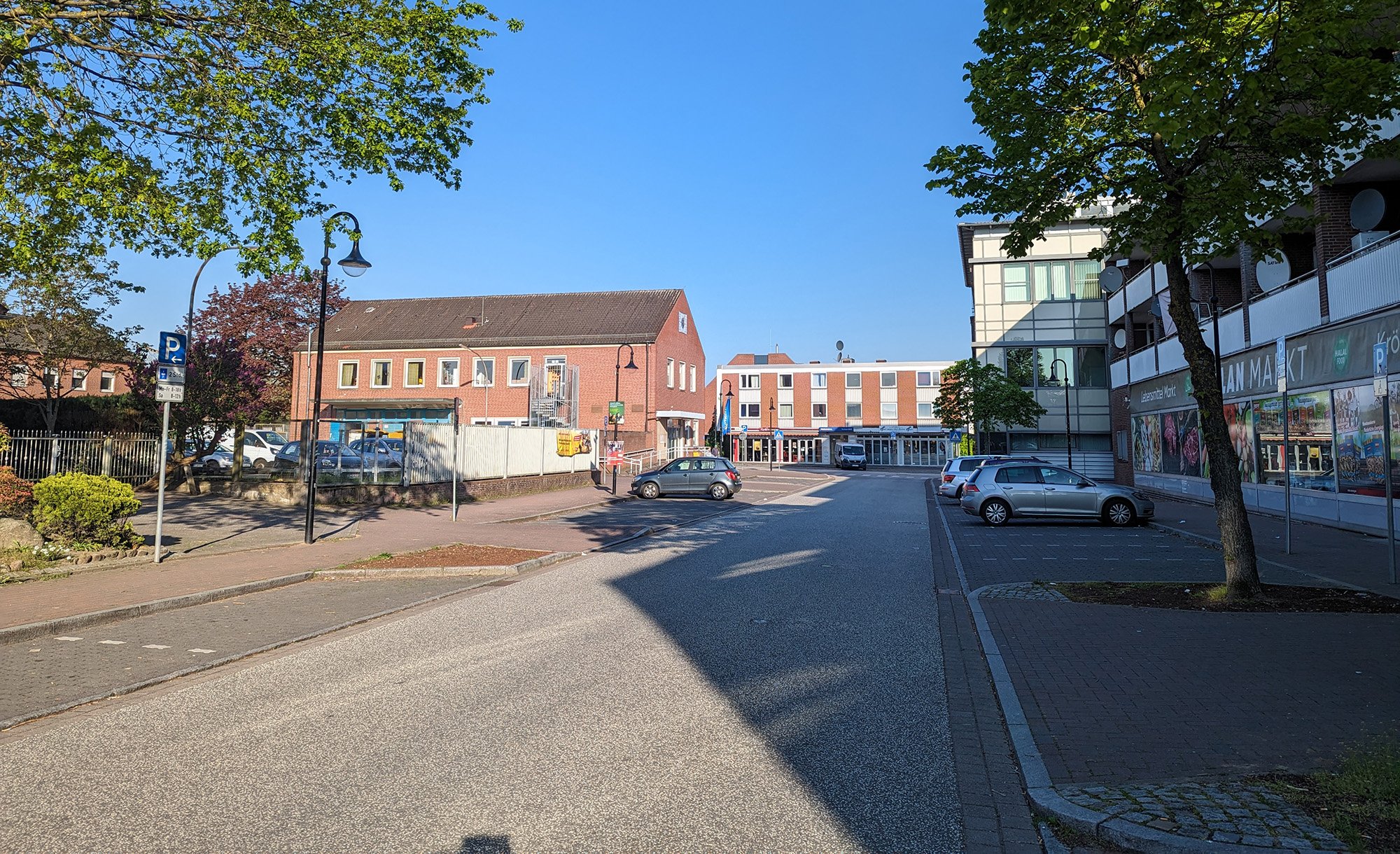Every once in a while, you encounter something that genuinely changes the way you do things.
And oddly enough, for me, that shift came in the form of a solar installation - and a little wooden box.
Let's backtrack a bit. Last November, we installed a solar photovoltaic rooftop system complete with a battery. This was our household's step towards sustainability and something that we had been wanting to do for quite some time. Being a nerd I quickly integrated the system metrics into Home Assistant to monitor everything on my phone or maybe use an old iPad on the wall as a dashboard.
But, you see, the problem was this: That would mean having yet another screen to glue my eyes to, yet another gadget to become ensnared by. I craved something a bit more tangible, more personal. I didn't want another screen; I wanted a piece of furniture, something that could seamlessly blend into my everyday life. And that's when it struck me - why not a wooden box?
Fast forward a few weeks, I was looking at this minimalist yet charming little thing, its surface punctured with some CNC-ed holes for 7-segment LEDs and some laser-engraved icons. Inside it was a Raspberry Pi Pico W, powering the thing, and an air temperature and humidity sensor thrown in for good measure.
As soon as I placed it in my living room, the transformation was immediate and astounding. This humble box changed my daily routine. No longer did I have to constantly check my phone or wonder about our home's energy consumption. A quick glance at the box was enough to answer questions like, "Do we have enough power to start the dishwasher, or should I wait for another 15 minutes?"
The box has become a real-time, tactile energy meter. It’s subtly notifying me if something in the house is consuming more energy than usual. "Hmm, the LED's showing an increase. Did I leave some appliance on?" It’s just that simple and that effective. What really made this little box special is its character. It isn't just another piece of cold, impersonal tech. It is fun to look at, distinctly retro and above all a real energy saver.


